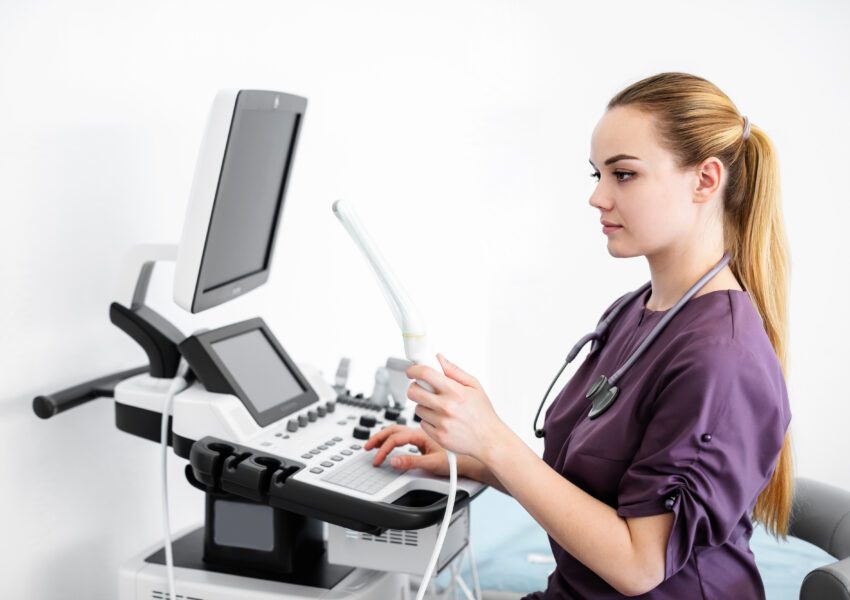
Views: 659
Role of A Diagnostic Medical Sonographer
A diagnostic medical sonographer makes use of imaging equipment and soundwaves known as ultrasound to create images of various parts of the body. They are further provided with training to acquire and analyze sonographic images. Moreover, doctors use these images to diagnose and treat many medical conditions.
Ultrasound is a non-invasive method to visualize internal organs. In addition, it is the initial imaging test that is used once a disease is detected. Diagnostic medical sonographers conduct and interpret initial imaging tests. Lastly, these tests assist in narrowing down the diagnosis of a patient and provide them immediate care.
Job Description
Diagnostic medical sonographers are responsible for operating imaging equipment, and reviewing images to make sure they are of good quality and are helpful for diagnosis. They are expected to identify normal and abnormal imaging results. In addition, they communicate a summary of the results to physicians or other health professionals and alert physicians to urgent problems.
They also prepare patients for procedures and educate patients during the ultrasound exam.
Besides, they are entrusted with reviewing patient medical history, recording imaging results in patient records and coordinating care with various departments of the hospital or clinic.
Diagnostic medical sonographers work along with doctors, nurses and patients of all ages from infants to the elderly. Similar diagnostic imaging roles are magnetic resonance imaging
technologists and radiation technologists who conduct and interpret MRI scans and X-rays.
To Become a Diagnostic Medical Sonographer
If you love anatomy and are detail oriented you are the perfect fit to become a Diagnostic Medical Sonographer. You will also need precise attention to imaging protocols and a keen eye for subtle changes in imaging results. Interpersonal skills are also critical. This career is good for people who want to gain highly technical skills and who want to work closely with people each day.
Education Requirements
There are different educational pathways to become a diagnostic medical sonographer. One can obtain either an associate degree or bachelor’s degree with coursework in the sciences and anatomy. Another way is to complete a certificate program in diagnostic medical sonography.
Certificate programs are educational ultrasound courses related to diagnostic medical sonography training as well as clinical experiences. Ultrasound online courses are a viable option too.
The need for diagnosing medical conditions using affordable imaging technology is on the rise. This profession is expected to grow over the next decade.
Hope you found this information helpful. Wishing you a successful career in Ultrasound.
By : admin


